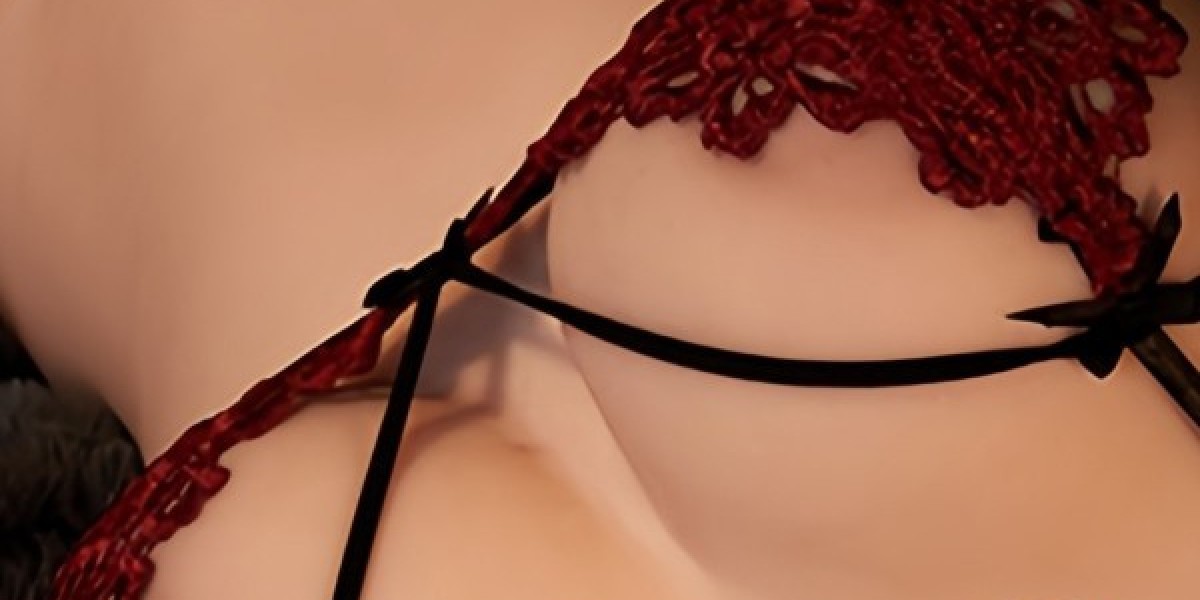Unlock the Secret to Capturing Flawless Shots on Any Terrain!
Capturing high-quality images on uneven terrains can be a daunting task for photographers, whether you're an amateur capturing precious memories or a seasoned pro trying to nail the perfect shot. Uneven surfaces like rocky paths, muddy areas, or sandy beaches present unique challenges, including lack of stability, difficulty in positioning, and the ever-present risk of equipment damage. This is where a flexible tripod shines, providing the necessary support and adaptability that traditional tripods often lack. By investing in a flexible tripod, you can overcome these obstacles and elevate your photography, giving you the freedom to explore and capture stunning images in diverse environments.

Understanding Flexible Tripods
A flexible tripod is a unique type of tripod designed to provide maximum versatility, especially on uneven surfaces. Unlike traditional tripods with rigid legs, flexible tripods feature bendable legs that can be wrapped around various objects or adjusted to uneven ground. This design allows photographers to secure their cameras in positions that would be impossible with a standard tripod. The key features that make flexible tripods suitable for uneven terrains include their ability to grip and stabilize on rocks, branches, or other irregular surfaces. The flexibility and adaptability of these tripods can transform any environment into a potential photography backdrop, ultimately expanding your creative possibilities.
The Benefits of Using a Flexible Tripod on Uneven Surfaces
Using a flexible tripod designed for uneven surfaces offers several advantages that enhance the overall photography experience. First and foremost, the increased stability it provides is crucial when working on challenging terrains. A flexible tripod can contour to the ground, ensuring your camera remains level and secure, resulting in sharper images. Additionally, its versatility allows you to set up in locations that would be inaccessible with a traditional tripod, such as hanging from a tree branch or gripping a rock formation. Furthermore, flexible tripods are often lightweight and portable, making them easy to carry on outdoor adventures. This ease of use enables photographers to spontaneously capture moments without the hassle of cumbersome equipment.
Key Features to Look for in a Flexible Tripod
When selecting a flexible tripod, several essential features should be considered to ensure optimal performance on uneven terrains. One of the most critical aspects is weight capacity; a tripod must be able to support your camera and any additional gear you may use. Material also plays a significant role, as lightweight yet durable materials like aluminum or high-quality plastics offer portability without sacrificing strength. The leg design is another important factor; look for tripods with multiple joints that allow for a wide range of motion. Additionally, portability is key, especially for outdoor photographers. A compact and lightweight flexible tripod can be a game-changer when hiking or traveling. By focusing on these features, you can find a flexible tripod that enhances your photography experience on uneven surfaces.
Tips for Using a Flexible Tripod on Different Terrains
Successfully using a flexible tripod on various types of uneven surfaces involves a few practical tips. First, always assess the terrain before setting up; look for stable points to secure the tripod. For rocky paths, wrap the legs around a boulder or place them securely on flat surfaces to enhance stability. On grassy hills, ensure that the legs are positioned well to prevent sinking into the ground. If you find yourself on sandy beaches, bury the legs slightly to create a sturdy base, which will prevent the tripod from tipping over. Additionally, don’t hesitate to adjust the legs for height and angle; flexibility is your best friend here! By carefully positioning your flexible tripod and making necessary adjustments, you can achieve stability and capture stunning images no matter where you are.
Maximizing Your Photography Potential
In summary, a flexible tripod is an invaluable tool for photographers aiming to capture flawless shots on uneven terrains. Its unique design offers stability, versatility, and ease of use, addressing the common challenges associated with traditional tripods. By understanding the key features to look for and implementing practical tips for usage, you can enhance your photography experience significantly. Whether you're hiking through rocky landscapes or exploring sandy beaches, a flexible tripod can provide the support you need to take your photography to new heights. As you consider your photography needs, remember that having the right equipment can make all the difference in achieving the perfect shot.








